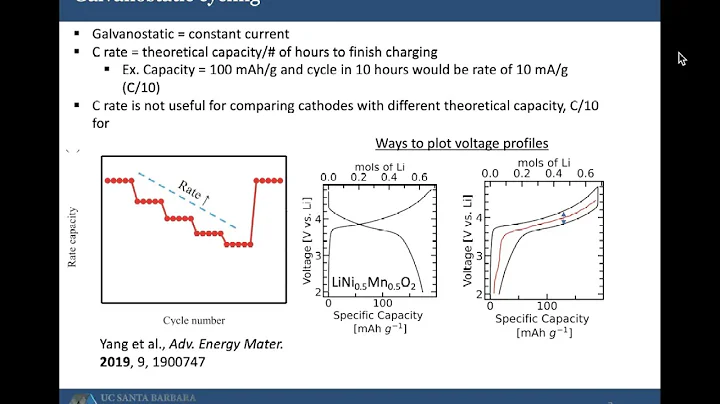Results Introduction

Designing bifunctional oxygen electrocatalysts with high activity, long-lasting stability, and low cost for rechargeable zinc-air batteries (RZABs) is a daunting challenge. This article, Nanjing University of Technology Wu Yuping’s research group and Xiamen University Sun Shigang’s research group published in the journal "Nano Research" titled "Efficient oxygen electrocatalysts with highly-exposed Co-N4 active sites on N-doped graphene-like In the paper "hierarchically porous carbon nanosheets enhance the performance of rechargeable Zn-air batteries", research synthesized monodispersed cobalt atoms anchored in nitrogen-containing graphene-like hierarchical structure porous carbon nanosheets (SA- Co-N4-GCs) as a highly efficient bifunctional oxygen electrocatalyst for zinc-air batteries. Its three-dimensional interconnected hierarchical porous structure and high specific surface area not only expose more Co-N4 active sites and promote ORR/OER reaction kinetics, but also create an efficient charge/material transport environment and reduce diffusion hindrance. and enhance electrolyte accessibility at active sites.
Experimental results show that SA-Co-N4-GCs exhibit excellent ORR/OER bifunctional catalytic activity. The half-wave potential of ORR is 0.89V (exceeding commercial Pt/C catalyst), and OER operates at a current density of 10 mA·cm. The initial potential at −2 is 1.58V (exceeding the commercial Ru/C catalyst). The flow zinc-air battery assembled based on SA-Co-N4-GCs as an air electrode bifunctional oxygen electrocatalyst has a high open circuit voltage of 1.51 V and a high power density of 149.3 mW·cm−2. The battery was subjected to deep charge and discharge cycles for 600 h (16 h per cycle) at a current density of 10 mA·cm−2, and the charge-discharge voltage plateau interval only increased by 3.4%, demonstrating excellent cycle stability. In addition, the power density of the flexible quasi-solid-state zinc-air battery assembled based on SA-Co-N4-GCs is also as high as 124.5 mW·cm−2, and it can maintain stable charge and discharge cycles for a long time when bent at different angles. This work shows that SA-Co-N4-GCs have high intrinsic activity per site and high density of exposed active sites, promoting the application of rechargeable zinc-air batteries in the fields of electric vehicles and wearable electronic devices. .
Graphic introduction

Scheme 1. Preparation flow chart of SA-Co-N4-GCs bifunctional oxygen electrocatalyst

Figure 1. Low magnification (a) and high magnification (b) SEM images of SA-Co-N4-GCs; Low magnification (c) and high magnification (d) TEM images of SA-Co-N4-GCs; (e) and (f) AC-HAADF-STEM images of SA-Co-N4-GCs; (g)-(k )HAADF-STEM elemental mapping image of SA-Co-N4-GCs.

2. SA-Co-N4-GCs (a) XANES spectrum and (b) Fourier transform EXAFS spectrum; SA-Co-N4-GCs corresponding EXAFS fitting in (c) K space and (d) R space Curve; inset is simulated Co-N4 structure.

Figure 3. Flexible quasi-solid-state RZAB based on SA-Co-N4-GCs (a) schematic and (b) open circuit voltage diagram; (c) photo of an LED panel powered by two flexible quasi-solid-state RZAB in series; (d) Charge-discharge polarization curves and power density diagrams of flexible quasi-solid RZAB based on SA-Co-N4-GCs and (e) constant current charge-discharge curves in different bending states.
Literature:
https://doi.org/10.1007/s12274-022-4382-7






















